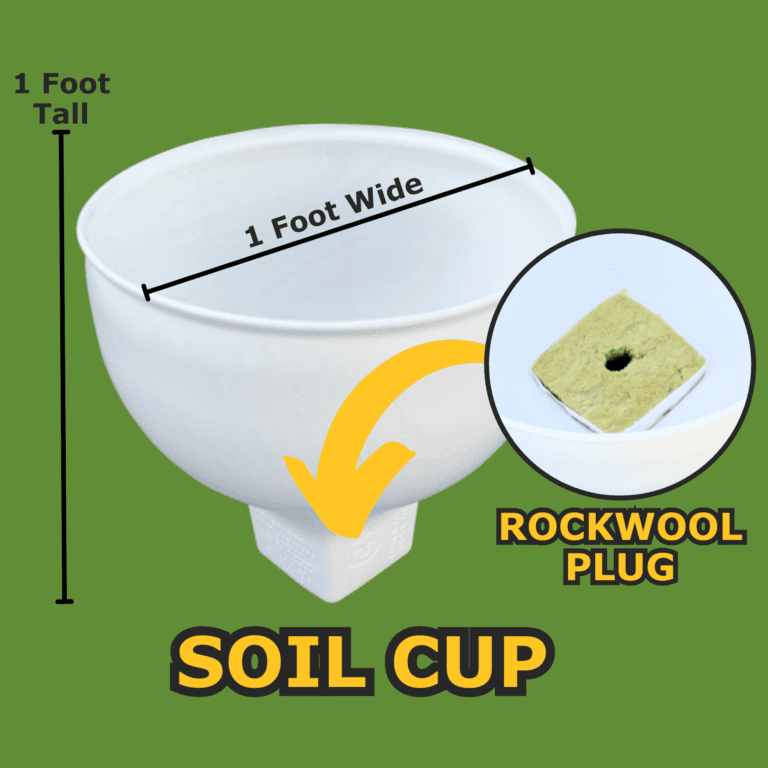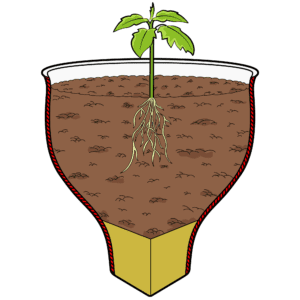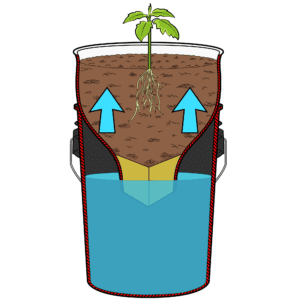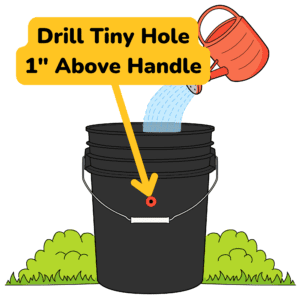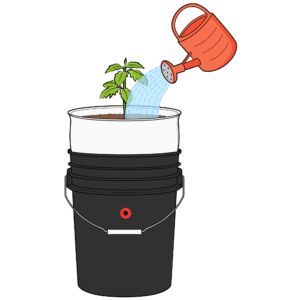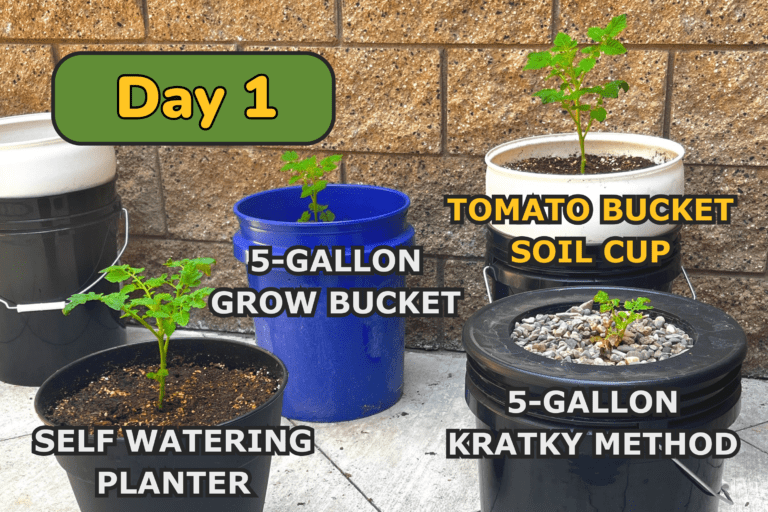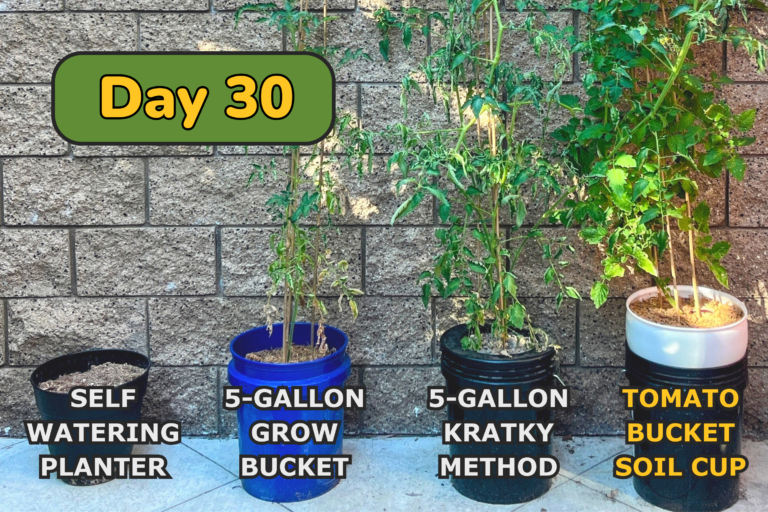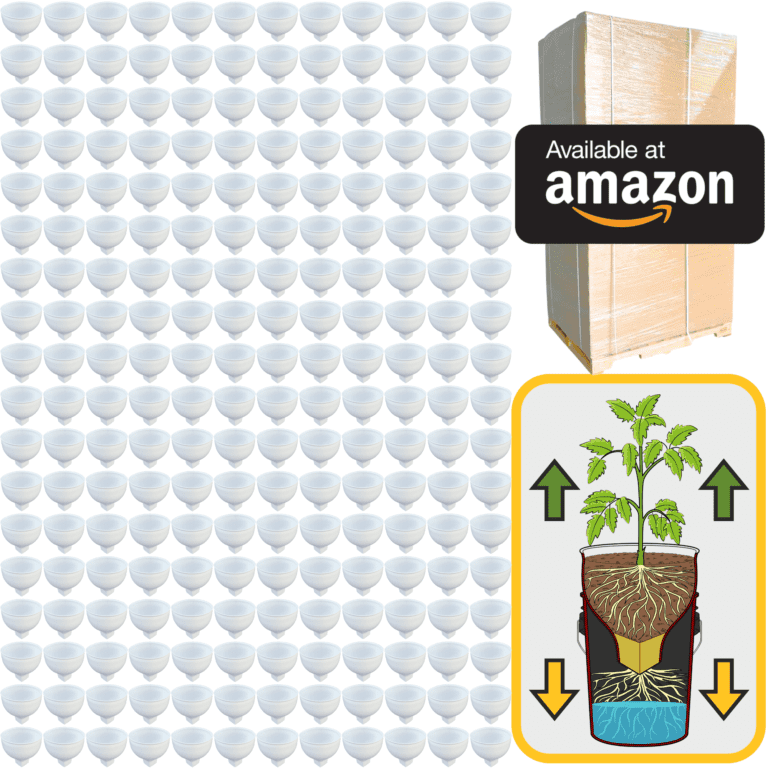Once you’ve laid the groundwork of cannabis cultivation, it’s natural to start wondering what else is possible, how far you can take this plant’s potential. Advanced cultivation techniques like cloning, breeding, and hydroponics offer a whole new layer of understanding and mastery, letting you dig deeper and become more connected with your garden. These methods may feel like stepping into unknown territory at first, but each one has its own rewards, adding tools to your skillset and opening up possibilities that will enrich your entire growing experience. These techniques don’t just change how you grow; they change how you see the plant and your role as its caregiver.
Cloning is an exciting way to keep the qualities of a plant you love consistent from one grow to the next. When you find a plant that has just the right characteristics—a resilient, high-yielding, potent, or aromatic individual—cloning gives you a way to preserve those exact genetics. Think of it like making a copy of a favorite book you can keep reading again and again. Cloning starts by taking a cutting from a mature, healthy plant during its vegetative stage, ideally one that has all the traits you want to repeat. Dip the cut end in rooting hormone, which encourages root growth, and place it in a supportive medium like water, soil, or rockwool. Within a couple of weeks, roots will develop, and this new plant will begin growing with all the genetic traits of its mother.
Cloning can be a bit intimidating at first, but once you see that first cutting take root, you’ll realize what a powerful tool it is. Instead of starting from scratch with each grow, you’ll have the option to grow exactly the plants you want, time after time. Cloning is like giving yourself the ability to repeat a great grow while eliminating much of the uncertainty that comes with seeds. This technique is a favorite among growers who want consistency and reliability, but it’s also a doorway into experimenting and learning more about plant genetics and growth patterns. Watching clones take root and thrive is a rewarding experience in itself, a reminder of the resilience and adaptability of cannabis.
Breeding, on the other hand, lets you take cannabis genetics into your own hands. Breeding is about selecting two parent plants with desirable traits—anything from strong potency and appealing aroma to disease resistance or high yield—and combining them to create seeds with a unique genetic blend. It’s a little like being an artist or a chef, picking and choosing ingredients to create something original. Breeding starts by choosing a male and a female plant, each with qualities you admire. The male plant produces pollen, which, when introduced to the female flowers, creates seeds that carry a blend of both parents’ traits. Each seed represents a new combination, a chance to discover something special.
Breeding requires patience and a willingness to experiment. Each seed is unique, and it might take a few generations to refine the traits you’re looking for. But once you start, you’re stepping into a creative world that allows for limitless possibilities. Some of the most beloved cannabis strains in history started out as experiments in a grower’s garden, the result of combining traits to produce something new. Breeding is a journey of discovery, and while it takes time, the rewards are worth every bit of effort. By selecting and crossing plants, you’re essentially writing your own cannabis story, a narrative of growth, experimentation, and evolution. And if you create a strain that perfectly suits your tastes or growing conditions, you’ll have added something truly special to your garden, one that’s uniquely yours.
Then there’s hydroponics, a growing method that completely changes how plants receive nutrients. Unlike soil-based growing, hydroponics involves suspending plants in a water-based solution where nutrients are directly delivered to the roots. Without soil, plants don’t have to search for nutrients, which often leads to faster growth, bigger yields, and sometimes even higher potency. Hydroponics might sound technical, but once you understand the basic principles, it’s straightforward and incredibly rewarding. There are various hydroponic systems to choose from, each with its own approach to providing water, nutrients, and oxygen. Deep water culture, for instance, involves suspending the roots in a nutrient-rich solution with constant access to oxygen, while drip systems provide a controlled flow of nutrients to each plant.
Hydroponics is about precision and control, and that’s where its power lies. Since you’re responsible for providing exactly what the plant needs, you get to fine-tune every aspect of the grow environment, from nutrient concentrations to pH and water temperature. At first, it can feel a bit like learning a new language, but with each adjustment and observation, you’ll start to see how closely connected the plant’s needs are to its growth and health. Hydroponic systems allow you to respond to changes quickly, achieving rapid growth that just isn’t possible in soil. And once you see the accelerated growth rates and lush, vigorous plants, you’ll understand why so many experienced growers are drawn to this method. It’s like giving the plant a direct pipeline to everything it needs to reach its peak potential.
Each of these techniques—cloning, breeding, and hydroponics—has been used by master growers to push the boundaries of what’s possible with cannabis. Legendary strains that are enjoyed around the world today started as experiments in breeding and selection, crafted over years by growers with a vision. Some of the best techniques we know now have come from growers willing to try new things, whether that’s refining a cloning process, developing new hydroponic systems, or exploring the vast possibilities of cannabis genetics. Reading about their methods, watching their case studies unfold, and learning from their successes and challenges are all ways to deepen your own understanding and see what’s possible when you work creatively with cannabis.
Advanced techniques offer so much more than just higher yields or faster growth. They allow you to become part of the process in a deeper way, shaping the plant, experimenting with possibilities, and building a personal connection to your garden. With cloning, you’re not just growing plants; you’re replicating traits you love, bringing your favorite plants to life again and again. With breeding, you’re putting a piece of yourself into the genetics, leaving a personal mark and maybe even crafting a strain that will become a favorite among others. With hydroponics, you’re mastering a level of precision that lets you control each stage of growth with confidence. These techniques bring a new level of satisfaction, a sense of partnership with the plant as it responds to the care and attention you give it.
As you explore these advanced techniques, you’ll find they become part of your growing journey, adding richness and depth to your practice. You’re no longer just growing plants; you’re shaping experiences, crafting unique results, and deepening your relationship with the plant. Cannabis becomes not just a crop, but a canvas for your creativity, patience, and dedication. Each time you apply these techniques, you’re stepping into a world of discovery, seeing your plants respond, thrive, and reflect the care you put into them. This journey—of experimenting, observing, and learning—makes growing cannabis a truly fulfilling experience, one that continues to give back with every new grow.

